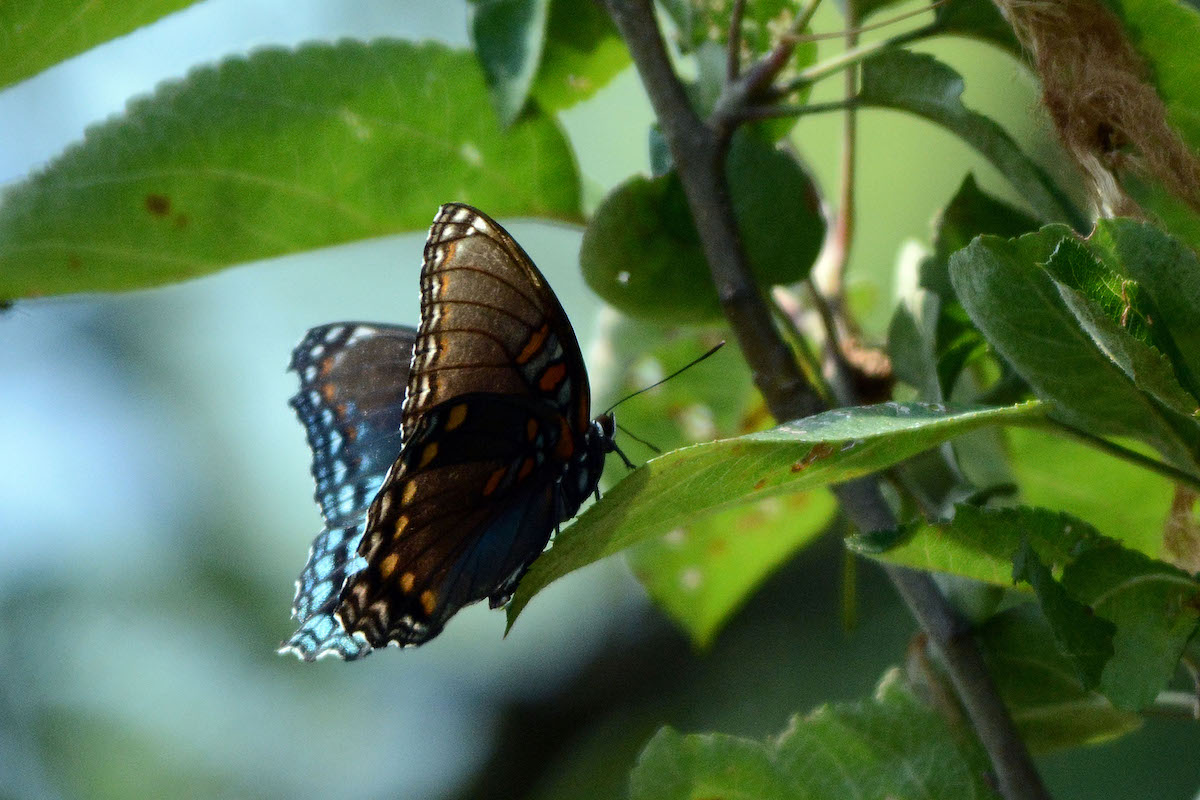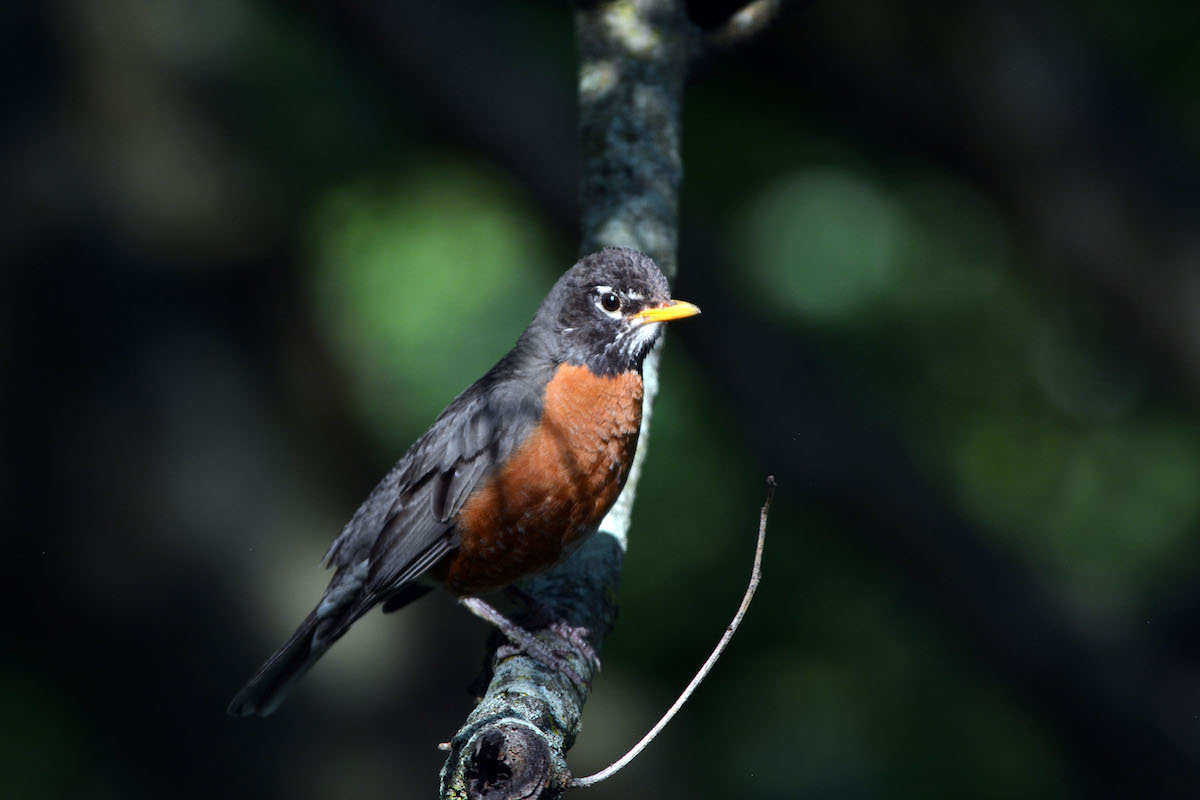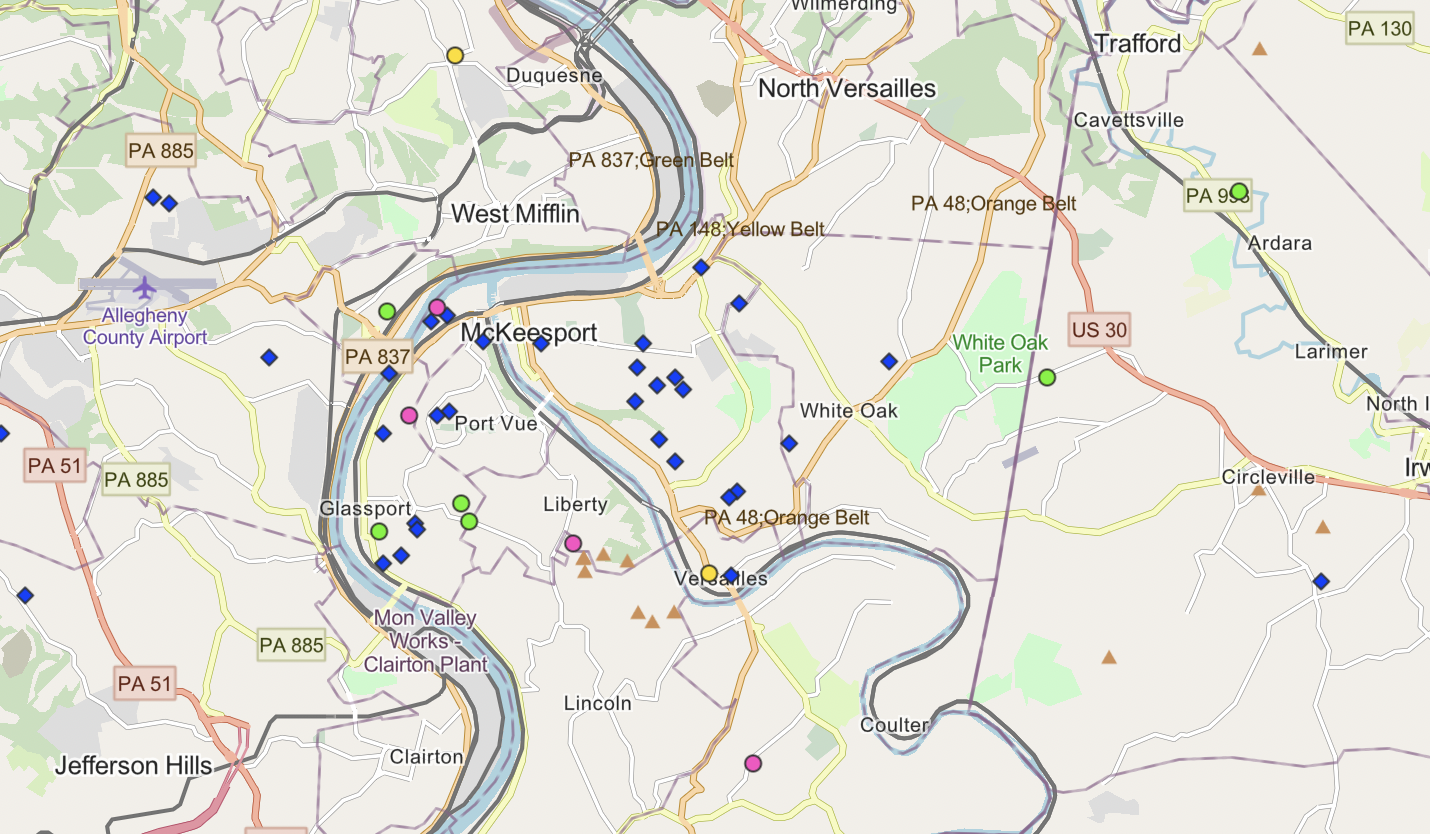(Advertisement)
Tube City Community Media Inc. is seeking freelance writers to help cover city council, news and feature stories in McKeesport, Duquesne, White Oak and the neighboring communities. High school and college students seeking work experience are encouraged to apply; we are willing to work with students who need credit toward class assignments. Please send cover letter, resume, two writing samples and the name of a reference (an employer, supervisor, teacher, etc. -- not a relative) to tubecitytiger@gmail.com.
Ads start at $1 per day, minimum seven days.
Habitat Program Connects Residents to Nature
Steel Rivers COG, Land Bank supporting local program
By Vickie Babyak
The Tube City Almanac
March 19, 2022
Posted in: McKeesport and Region News

A bumble bee gathers pollen from a rosemallow (hibiscus moscheutos) flower. Bumble bees are natural pollinators and are generally docile. (Vickie Babyak photo for Tube City Almanac)
Residents of McKeesport, Glassport and other local communities are learning more about the wildlife in their own backyards with the help of the Audubon Society of Western Pennsylvania.
In 2018, the Audubon Society created its Certified Backyard Habitat program, which connects residents of southwestern Pennsylvania with resources to make their yards and patios into a natural habitat for birds, pollinators and wildlife. Since then, over 650 households have enrolled in the CBH program.
Audubon is currently working with four local community groups to create Certified Backyard Habitats in McKeesport, Glassport, Wilkinsburg and Pittsburgh’s Garfield neighborhood.
“We selected these communities based on the local community organizations’ interest in partnering on the project and opportunities to make positive impacts,” said Conservation Director Sarah Koenig.
“Simple actions such as planting native plants, reducing or eliminating chemical use, and keeping cats indoors are ways that each one of us can make a difference for the environment,” she said.
Local partners include the Steel Rivers Chamber of Commerce and Tri-COG Land Bank.

The red-spotted purple butterfly is an attractive forest butterfly that is also seen in wooded suburban areas. (Vickie Babyak photo for Tube City Almanac)
In 2021, ASWP received funding from the Pennsylvania Department of Environmental Protection’s Environmental Education Fund to fund the partnerships, for free, along with a flat of native plants for participating homes.
ASWP staff visits each participant’s property, develops a custom report and provides support in growing a native garden. Once a household is ready to get “certified,” they get a sign and a “What’s in my Backyard” guide that helps to identify species commonly found in Western Pennsylvania.
The benefits of a CBH include the joys of bird watching, gardening, improving air quality and water quality, the society said.
A garden with native plants is significant in supporting native pollinators, bees, and butterflies, which often become food sources for birds.
“Through community science programs, like the Great Backyard Bird Count, Climate Watch and Budburst, researchers are able to analyze long-term and expansive data to find environmental global trends,” said Tim Byan, Whetzel Land Steward for the ASWP.
Much science is done on a smaller scale in local environments, he said. In small plots, researchers count plants, listen for birds, and set up cameras to photograph mammals.

American robins are friendly songbirds that are naturally attracted to areas where people live and are known for their running and stopping behavior. (Vickie Babyak photo for Tube City Almanac)
The National Audubon Society’s report, “Survival by Degrees,” incorporated community scientists’ collected data to assess bird species at risk from climate change. “They established that almost two-thirds of North American bird species are at risk,” Byan said.
“The report even found that Pennsylvania’s State Bird, the Ruffed Grouse, is likely to no longer be found in the state in coming years due to the changing climate,” he said.
The Audubon society said that in years to come, residents may start to see new bird species frequenting Western Pennsylvania, and species we’re familiar with may move northward and not come this far south again.
Birds follow climate change, shifting their migrations and ranges to find temperatures, seasons and the resources they need, they said.
“The good news is that we can help birds, pollinators and wildlife through simple action,” Byan said. Every native landscape grown in backyards solidifies a growing network of regional support for at-risk species, he said.

Map shows program participants in blue. (Courtesy Tim Byan, Audubon Society of Western Pennsylvania)
Due to the high interest in the Audubon Society of Western Pennsylvania CBH Program, available slots in the Mon Valley communities and Wilkinsburg were filled shortly after they were announced, but the Bloomfield-Garfield CBH program is open for enrollment.
Assessments will take place in May-June 2022 and will be scheduled in order of enrollment. Given the success of the program and strong interest from additional residents, ASWP is working to find resources to expand the program to more households in these communities and beyond.
Editor’s Note: For more information about the program, email cbh@aswp.org.
Vickie Babyak is a photographer and freelance writer from Dravosburg. She may be reached at vbabyak@yahoo.com.
Originally published March 19, 2022.
In other news:
"NV Twp. Man Charged i…" || "Brevity, Budget Focus…"
 TM
TM